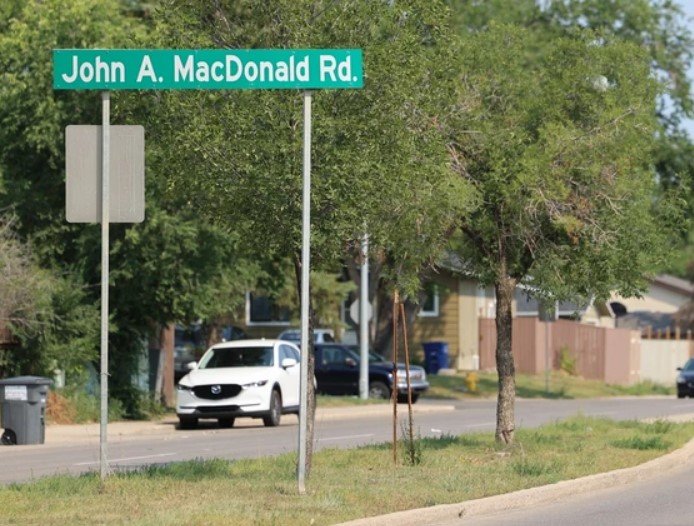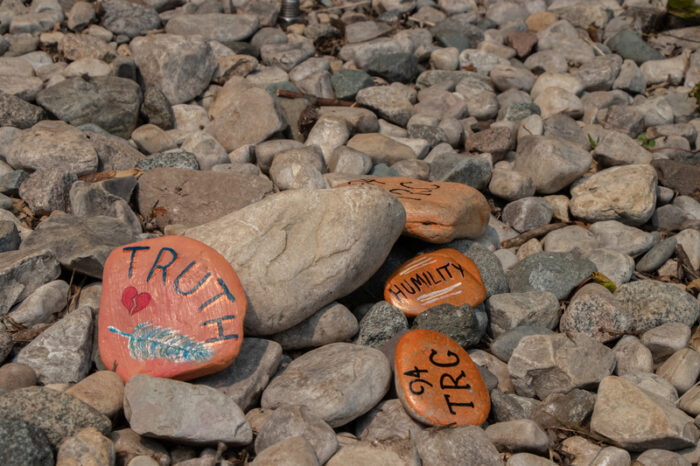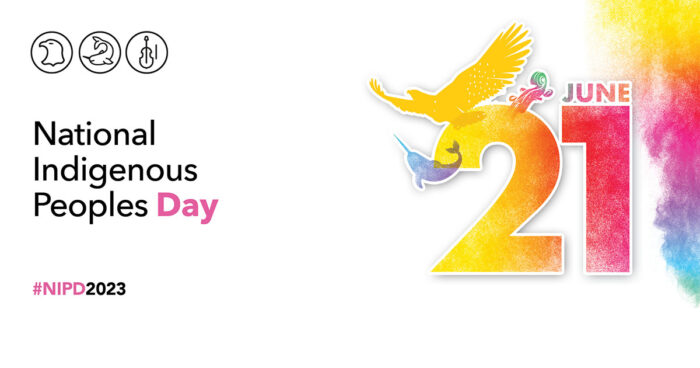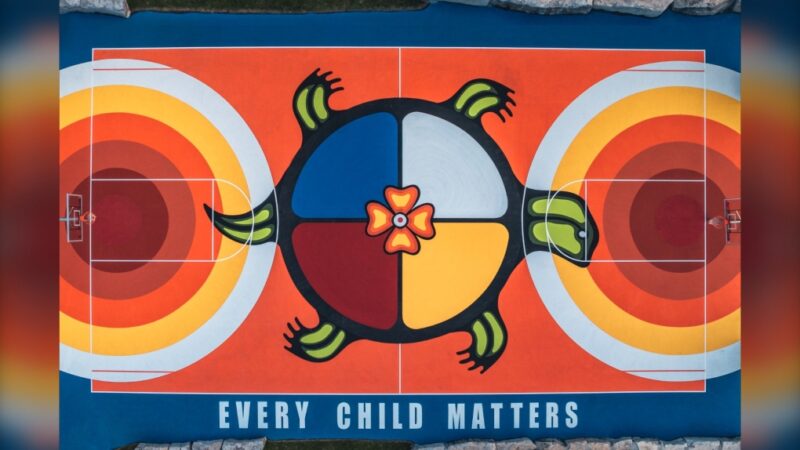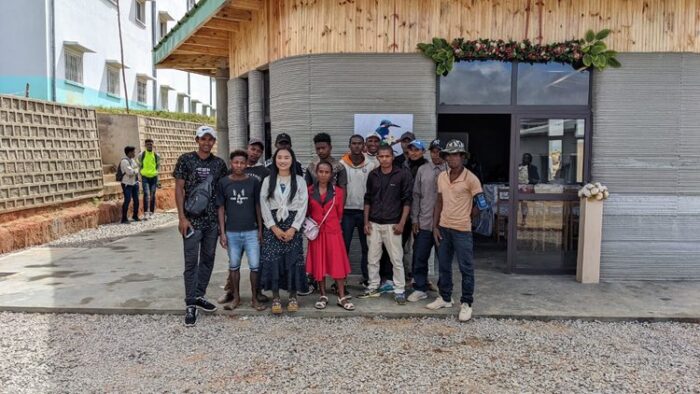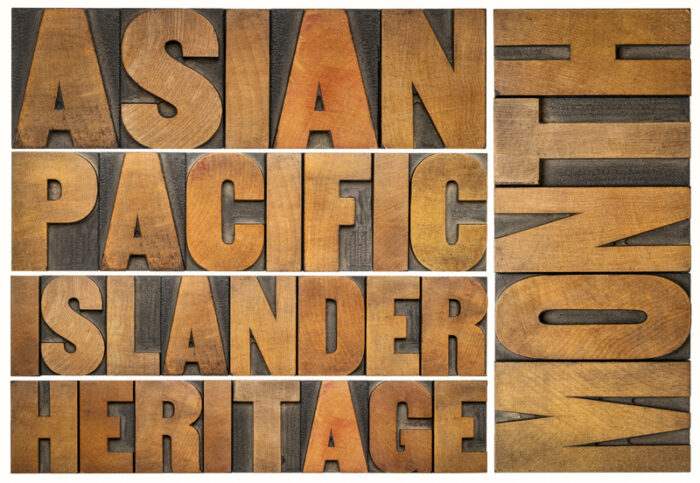June 21 is Indigenous Peoples Day, the peak moment of National Indigenous History Month. All across the country, there will be celebrations highlighting the diverse heritage, cultures, and contributions of First Nations, Inuit, and Métis Peoples.
One important part of the cultures of many Indigenous Peoples is the four sacred medicines. These are tobacco, sage, cedar, and sweetgrass. Each of these plants is used in ceremonies, and given as gifts—both to each other and to the earth itself.
This month, a brand new book celebrating one of these medicines—sweetgrass—is being published. We spoke with its author, Theresa Meuse, to learn more about writing the book, and why the amazing plant is so important.
Theresa speaks about Sweetgrass
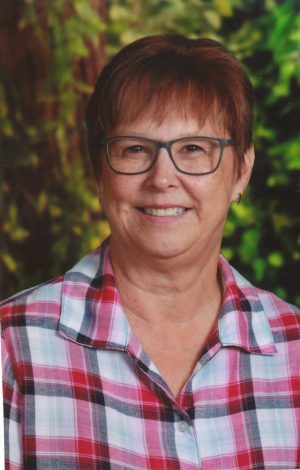
Theresa Meuse didn't know that she would one day be an author. What a fun surprise! (Calnen Photography)
OWLconnected: Congrats on your new book, Sweetgrass! Was writing for young people something you always wanted to do?
Theresa Meuse: I was nearly 40 years old when I wrote my first children’s storybook. Up to that point, I never considered myself a writer, let alone a children's book writer.
It started with me attending our son’s primary class and teaching them about our First Nation culture. I innocently wrote up large print stories and used pictures from Clip Art [a stock image app], stapled the pages together, and read them to the class. Then I provided a show-and-tell of the item I had told a story about, as was the case in my book The Sharing Circle.
A friend then sent them to a publishing company, and I officially became a Mi’kmaw author after that! Now I enjoy writing children stories.
OC: That's great! Can you talk about working with the book's illustrator, Jessica Jerome? Did you have things that you really wanted to see shown in the book, or were you open to being surprised by her art?
TM: Jessica is a new illustrator for my books and I have yet to meet her face-to-face. We have met on Zoom meets and email messages only. I look forward to our book launch so we can hopefully, officially meet!
I was pleasantly surprised with her work. She brought a modern day twist to the illustrations and I loved her interpretation. I am so happy we found her to help with this project. I hope she continues being the illustrator for future books as well.
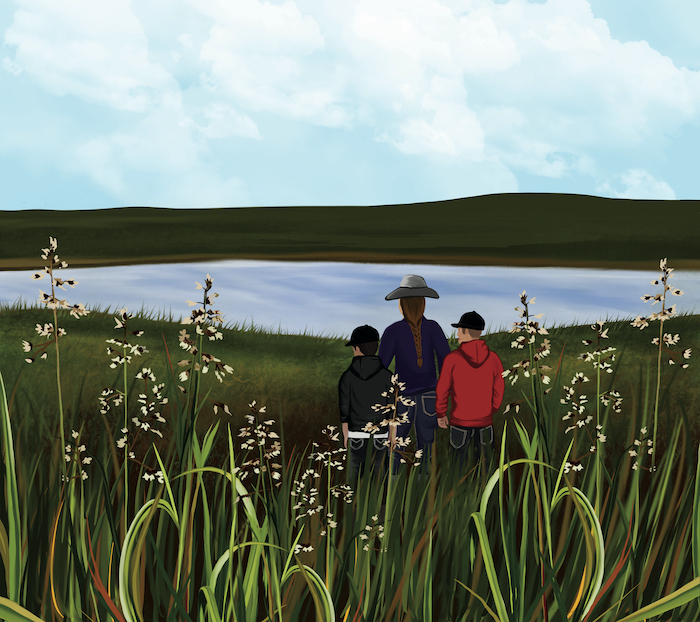
Auntie takes Matthew and his cousin Warren on a trip to pick sweetgrass. (Nimbus Publishing)
OC: What are your first memories of sweetgrass as a child?
TM: My first memory of sweetgrass was actually in mid-20s. Unfortunately, our community has one of the longest histories with European contact and we lost a lot of our cultural teachings as a result. I learned about sweetgrass from other Mi’kmaw youth and I really took to the teachings and spiritual connection.
The more I learned and used sweetgrass in my life, the more meaningful it became. It is one of my favorite sacred medicines. I was taught where to find it and how to pick it, which becomes a special moment each time we get to harvest it. Most places aren’t always shared with too many people and even when you get to a spot where it grows, you need to know what you are looking for in order to pick it. It has great meaning and brings a strong spiritual connection when lit and used in ceremony.
OC: That's wonderful. Who taught you about the importance of sweetgrass?
TM: My friends had a big hand in introducing it to me, and I sought out Elders for my continued teachings. Now I am honored to have people ask me for my teachings of the sweetgrass.
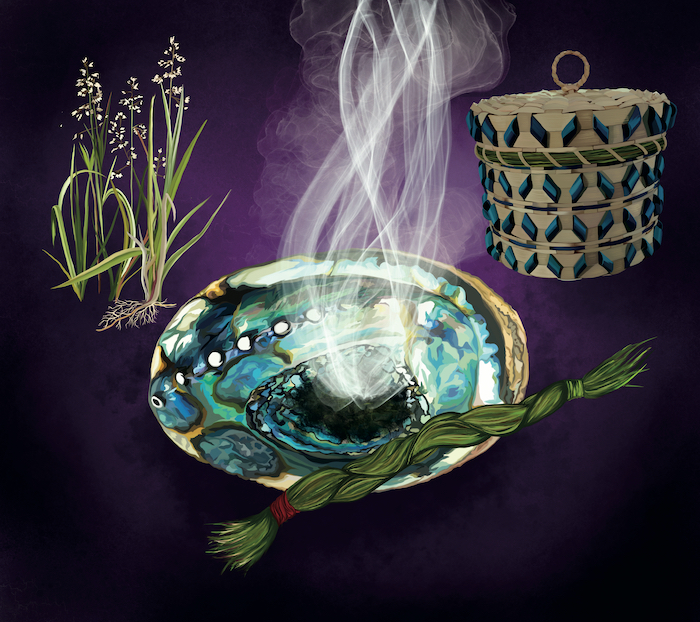
One way that sweetgrass can be used is during a ceremony known as smudging. (Nimbus Publishing)
OC: You mentioned that sweetgrass is a favourite sacred medicine of yours. Can you talk more about why you love it?
TM: The sweetgrass has been used by our ancestors for many centuries and it is exciting to be able to share this traditional teaching.
When I get the chance to pick sweetgrass, I am like a child going shopping for a new toy. I get excited and can’t wait to pick my own sweetgrass and bring it home to clean, braid, and share with others! The memory of going on my first sweetgrass picking trip inspired me to write this story.
OC: The book really emphasizes the importance of giving thanks to Mother Earth and not taking too much when harvesting. That sounds like a really important lesson, even beyond just the sweetgrass harvest.
TM: Giving thanks is a highly respected teaching that is practiced in all kinds of ways when caring for Mother Earth. She gives us the gift of sweetgrass, so we give something back like an offering of ceremonial tobacco or other sacred medicine.
Giving back is an important teaching of giving thanks. We are taught to not take more than we need. We want to make sure there is some left for others, or that there will be some left to grow next year and so on.
It is not about the “I” but more so on the “we”. It is not about greed, but about sharing.
This teaching is applied to many areas of our life and will vary depending on someone’ personal teachings and practice. For example, some will leave an offering of thanks when cutting down the ash tree to make our baskets. It is giving thanks to creation for growing the tree and thanking the spirit of the tree for giving up its life for us to use. Some will also use this practice when hunting deer and moose.
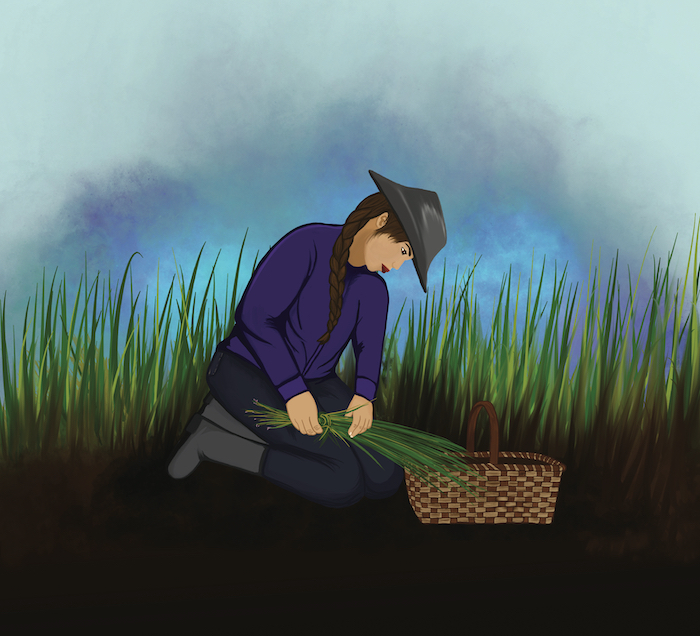
Auntie shows everyone how to bind sweetgrass together after it is picked. (Nimbus Publishing)
OC: Your book talks about how some people try growing their own sweetgrass. Do you grow any yourself? What is the secret to healthy sweetgrass?
TM: There seems to be main two types of sweetgrass that I am aware of. The kind that grows wild here in the Atlantic Provinces and a variety that can grows in western Canada that needs less water and marshier lands to grow. I have tried growing sweetgrass from harvested roots, but never had any luck in growing it. Not sure if it was lack of green thumb knowledge or my land base didn’t produce the same environment to have it grow the same way.
I have heard some people say they did have success growing the wild hand-picked variety, but I don’t believe they have a large field of sweetgrass where we can go pick ourselves, like strawberries or blueberries. Still waiting for that. In the mean time, we continue to pick it wild. ![]()
OC: Do you have any tips for kids who have dreams of becoming published authors one day?
TM: Never throw away any writings you have done. Find yourself a shoe box or large envelope and store your writing in them. Even if it is just two lines or a whole story or poem, save them all. Of course, computers can save your work, too. Either way is fine.
I say to keep everything because no one knows what can come of those writings 10, 20, or 30 years from now! I wished I had done that as I liked writing lyrics, but threw them away as I got older. Also, one of those writings may inspire you to continue on with that story or be the beginning of your poem collection.
There is no age limit to being a published author, you just need to write and be willing to share your writings with a potential publishing company. And don’t worry if you don’t spell well, or have proper grammar—when a publishing company shows interest in your work, they provide you with an editor that helps your story become more professional. So, keep everything and never stop writing!
OC: Thanks for all of the knowledge and encouragement, Theresa!
If you're curious about Sweetgrass and want to check out this book, you can learn more about it all here.
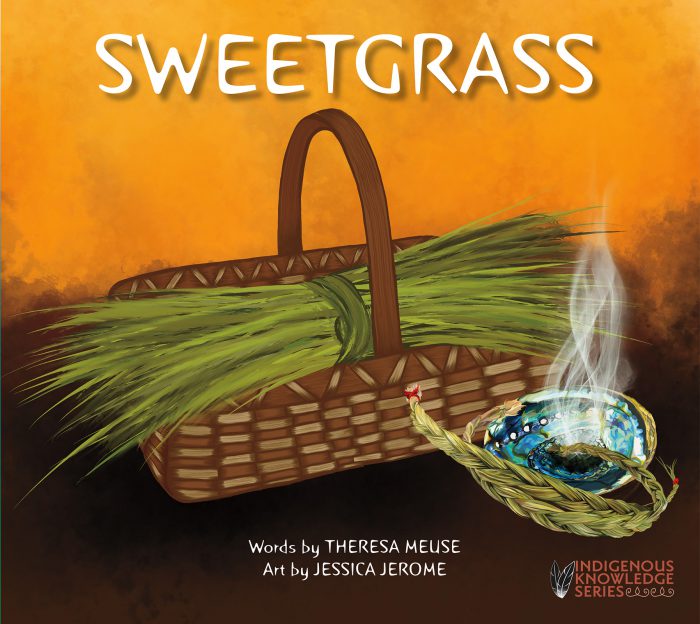 Just released this June, Sweetgrass is the story of a pair of boys who go on a trip with their Auntie to harvest sweetgrass. (Nimbus Publishing)
Just released this June, Sweetgrass is the story of a pair of boys who go on a trip with their Auntie to harvest sweetgrass. (Nimbus Publishing)
